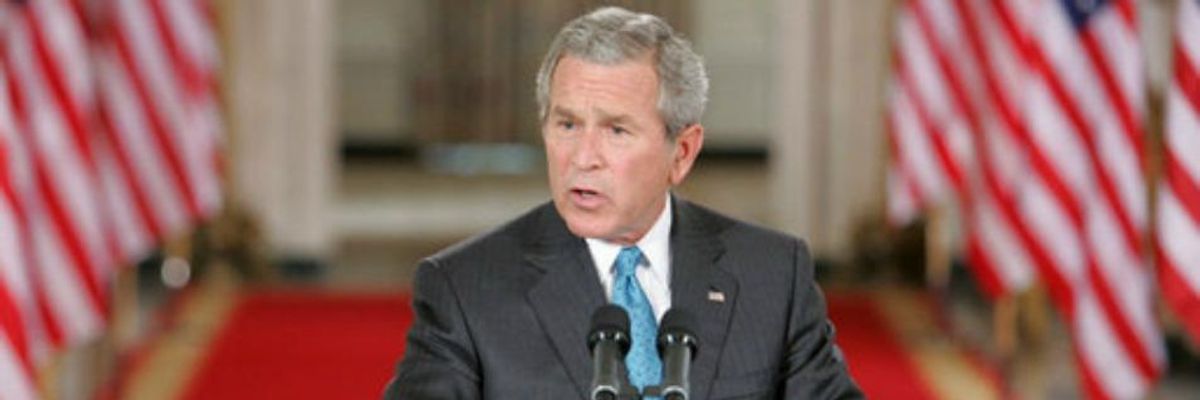
Former President George W. Bush emphasizing a point during remarks given from in the East Room of the White House on Sept. 6, 2006. (Photo: White House archive)
The National Security State as a Criminal Enterprise
It came from the top and that's never been a secret. The president authorized the building of those CIA "black sites" and the use of what came to be known as "enhanced interrogation techniques" and has spoken of this with a certain pride.